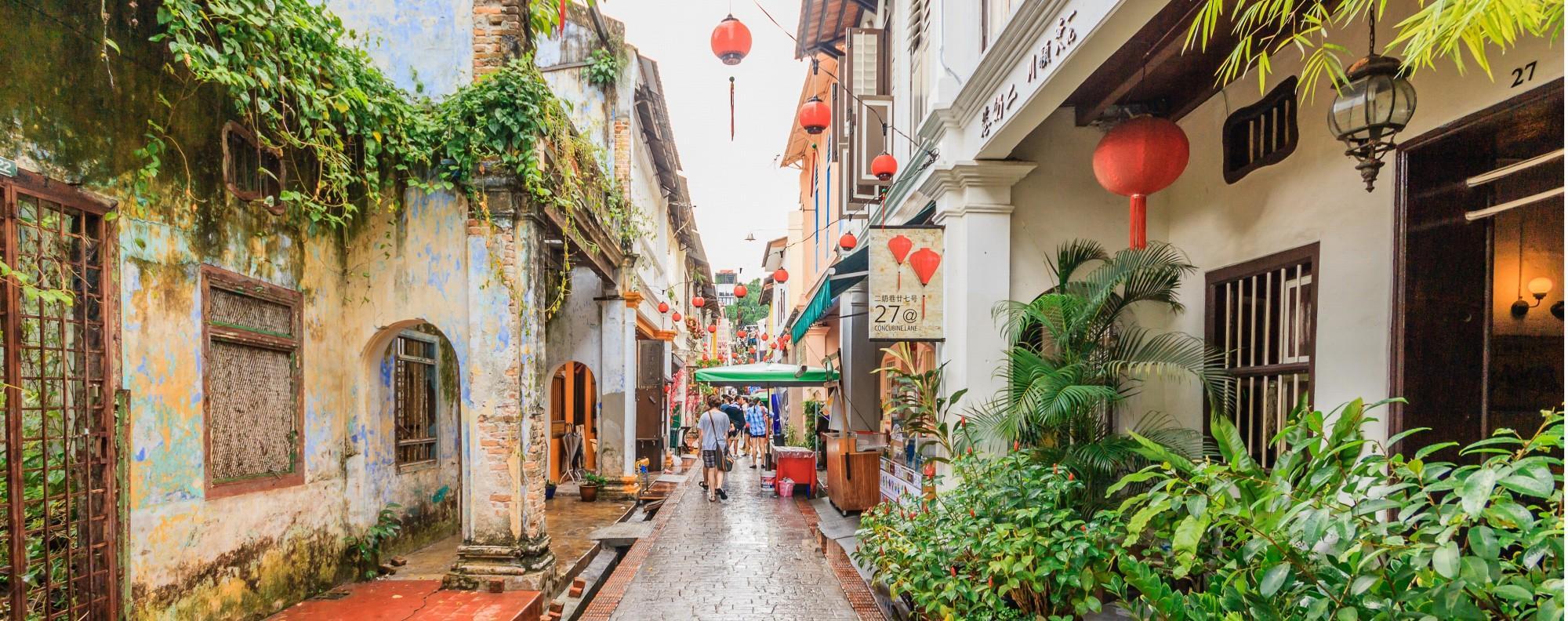
Post Magazine: How Ipoh is becoming a new Malaysia food destination, to rival Kuala Lumpur and Penang
By Keith Mundy
Swinging off the motorway into Ipoh’s outskirts, we pass massive limestone outcrops jutting skyward. Those are soon blocked from view by colossal hotel and office blocks that seem to have risen as man-made rivals.
Further in, though, Malaysia’s third-biggest city turns out to be overwhelmingly low-rise, an orderly grid of two-storey shophouses fronted by that civilised regional speciality, the five-foot way: covered pavements that provide shelter from the sun and rain – and access to an incredible number of eateries both traditional and trendy, for Ipoh is fast becoming a culinary rival to Penang and Kuala Lumpur.
A city of roughly 700,000 residents located in the Kinta Valley, on Peninsular Malaysia’s west coast, Ipoh mushroomed during the “tin rush” of the late 19th and early 20th centuries. Chinese migrants flooded in to mine the grey gold of the world’s richest tin seam and a village became a boomtown teeming with busy shophouses and lorded over by mighty institutions of British imperialism.
Boom turned to bust in the 1980s, but now, instead of panning for tin in mountain streams, the main occupation of Ipoh’s residents appears to be the dipping of noodles into steaming vats. In the countless restaurants that line the city centre streets, dexterous cooks dish up delicious meals in cuisines that run the gamut from Malay to Indian to Western, with Chinese being by far the most ubiquitous, albeit with a distinct local twist.
Hungry urbanites from Kuala Lumpur and Singapore tend to head first for somewhere serving Ipoh’s signature dish, bean sprouts chicken, Lou Wong’s restaurant in the heart of the city being a favourite. Beginning a visit to sample the city’s cuisine, I follow their lead.
Decorated with huge yellow signs emblazoned with the restaurant’s name and occupying a corner site, by day, Wong’s open-sided eatery is packed with diners cooled by whirring ceiling fans. At night, the area is pedestrianised and Lou Wong’s tables are set up outside, joining those of three or four other purveyors of tauge ayam, as the dish is called in Bahasa Malaysia, the national language, or nga choy kai, as Chinese Malaysians – about 30 per cent of the population – know it.




